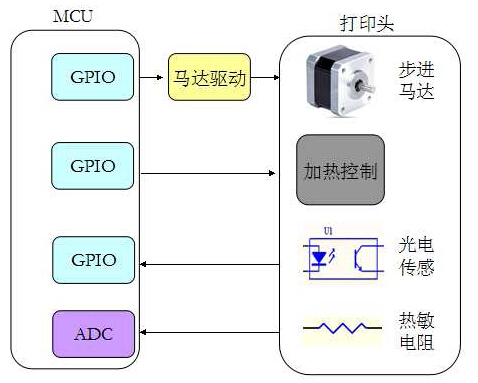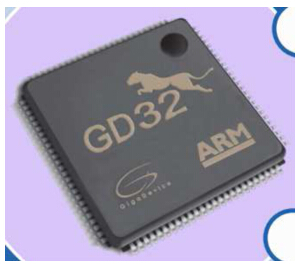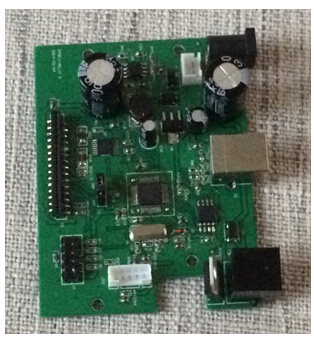Micro-printers are compact devices with a width of less than 84mm. They are commonly used in various applications such as POS printers (commercial and financial), tax-controlled printers, ATMs, ECRs, kiosks, and more. These printers are widely adopted across industries like finance, retail, hospitality, transportation, healthcare, postal services, and mobile government systems.
There are different types of micro-printers, including pin-type and thermal printers. Pin-type printers work by striking the ribbon with needles, transferring ink onto the paper. Thermal printers use heat to change the color of the heat-sensitive paper, while thermal transfer printers use a ribbon with powder that is melted onto the paper using heat.
Thermal printers are highly popular due to their fast printing speed, low noise, minimal mechanical wear on the print head, and the convenience of not requiring ribbons or frequent replacements. This makes them ideal for a wide range of commercial and industrial uses.
Gezhi Microcore Technology specializes in thermal printer control and offers comprehensive thermal printer solutions tailored for various applications.
System Composition
A micro-thermal printer typically consists of a thermal print head and its peripheral circuits, a main controller (MCU) circuit, a power supply, a communication interface, and human-computer interaction components.

Figure 1: Printer solution block diagram
Thermal Printer Hardware Design
This design utilizes the Fujitsu FTP-628 print head, which includes a stepper motor, heating plate, overheat detection, and paper-out detection. The MCU controls the stepping motor for paper feeding, activates the heating element based on input data, checks the thermistor value for overheat protection, and detects paper presence via an optocoupler.

Figure 2: Print head hardware peripheral design
Main Controller MCU

Figure 3: GD32 Series ARM Cortex-M3 MCU
The MCU used is the GD32 F103C8T6, a 32-bit processor based on the ARM Cortex-M3 architecture from Giga Device. Key features include:
- 72MHz system frequency
- 64KB FLASH, 20KB SRAM
- 2 SPI, 3 UART, 2 I2C interfaces
- 3 32-bit timers
- 2 10-channel 12-bit ADCs at 1M sampling rate
- Up to 37 GPIOs
- Integrated USB DEVICE
- Supports DMA data transmission
- Supports JTAG and SWD debugging
- 48-pin LQFP package
The MCU supports high-speed serial communication via DMA, reducing CPU load and improving performance. It can drive the print head efficiently using GPIOs, and its internal ADC helps monitor print head temperature. With 20KB of SRAM, it’s sufficient for handling large graphic data without needing external memory. The integrated USB interface simplifies communication with PCs.

Figure 4: Thermal printer main control board
Software Design
The software is divided into several key modules:
- Communication processing (UART, parallel port, USB)
- Font driver for reading font data from SPI FLASH
- Print head control, including data transmission, motor control, temperature monitoring, and paper detection
- Print instruction processing
This modular approach ensures flexibility, scalability, and efficient operation of the thermal printer system.
Core i9 Mini PC,,Portable Mini Pc,Mini Pc I3
Shenzhen Innovative Cloud Computer Co., Ltd. , https://www.xcypc.com